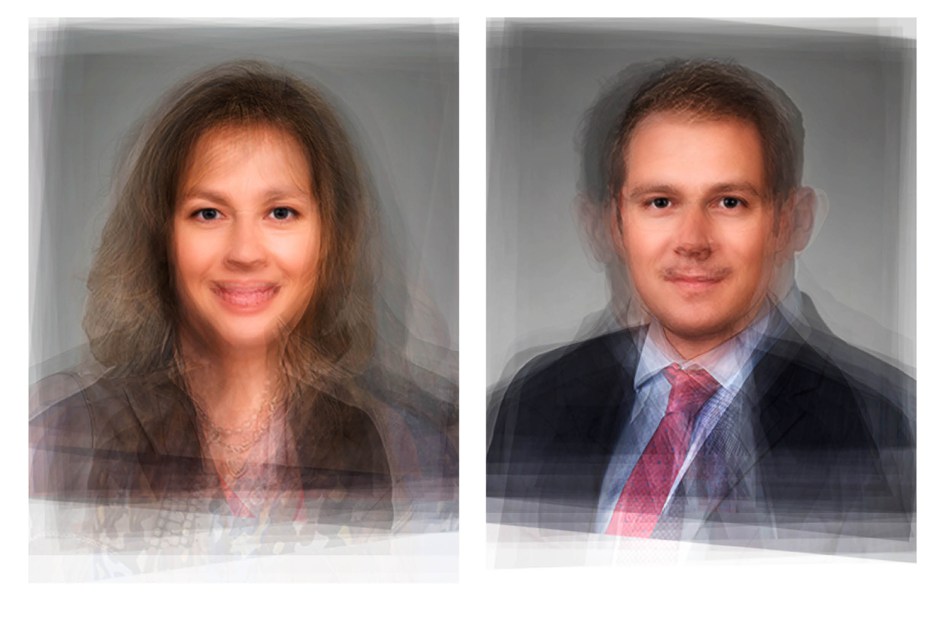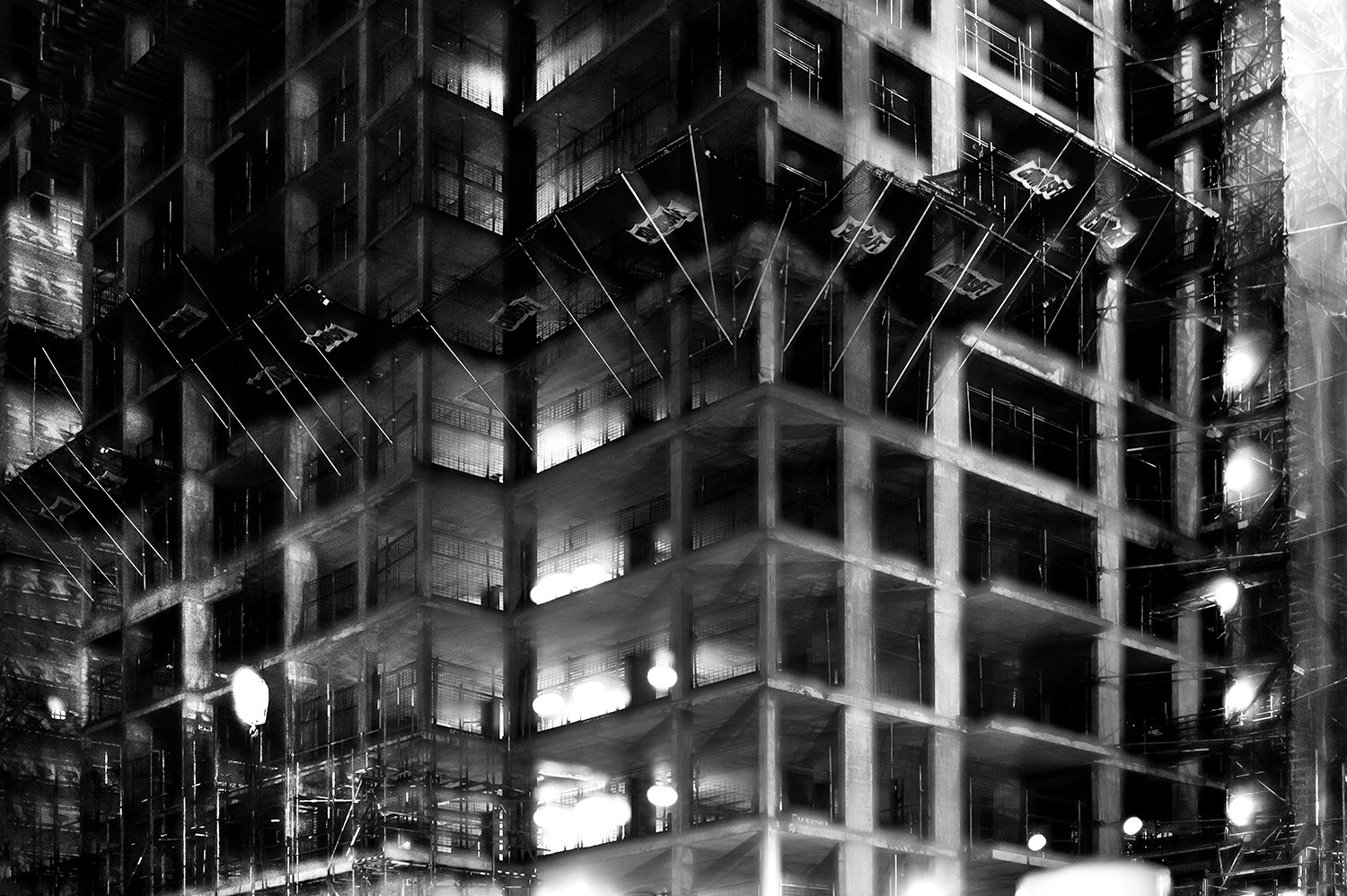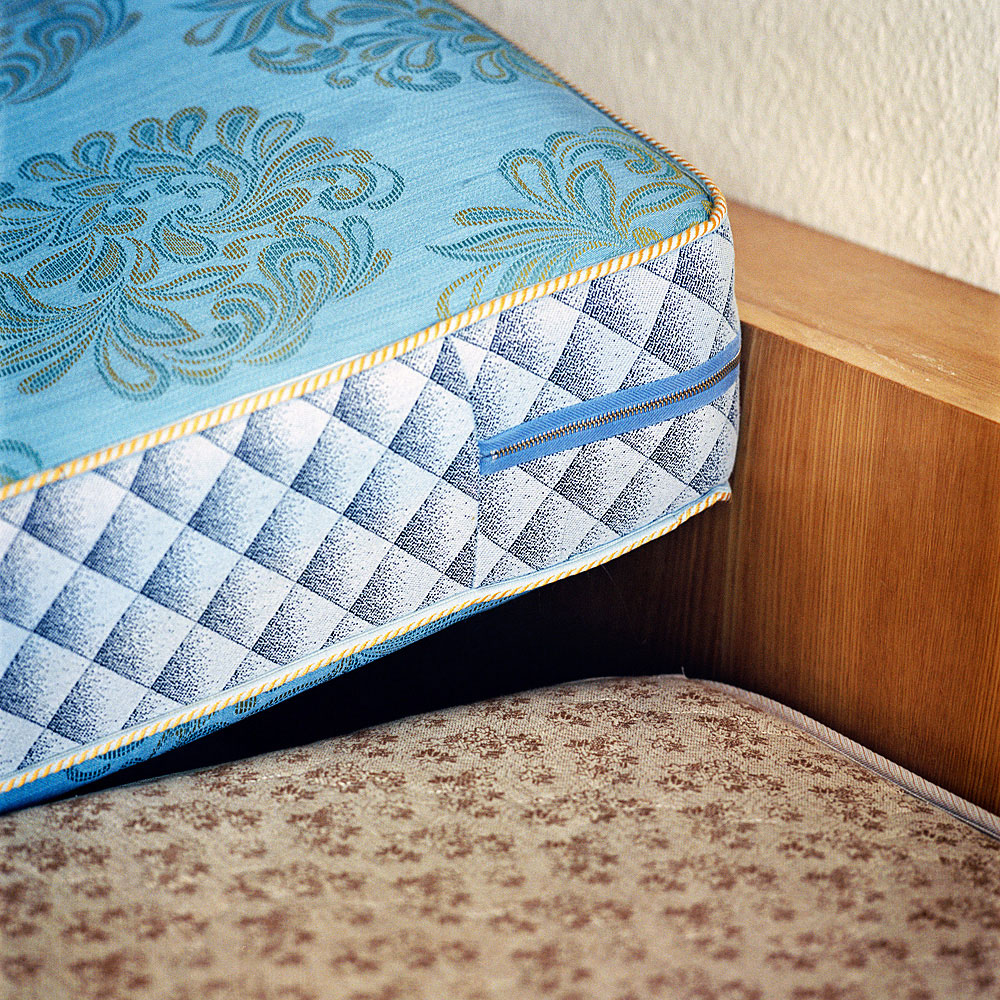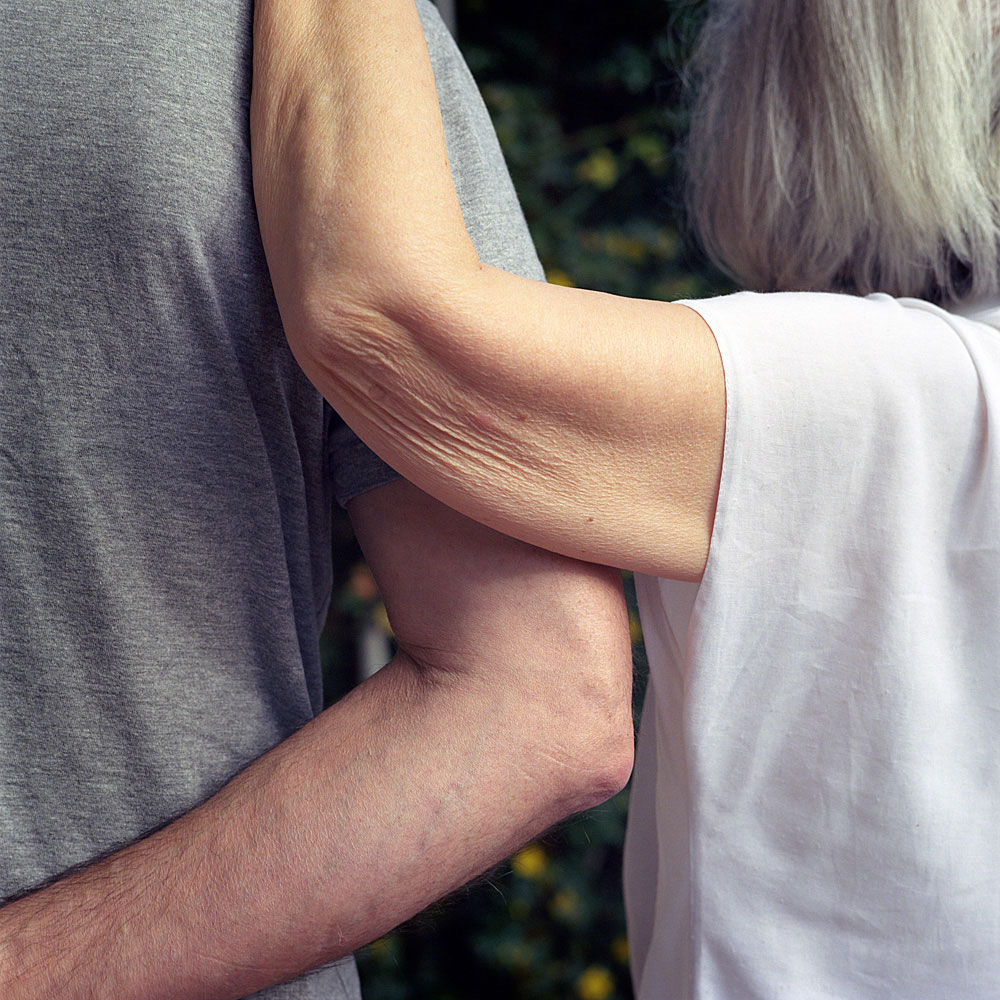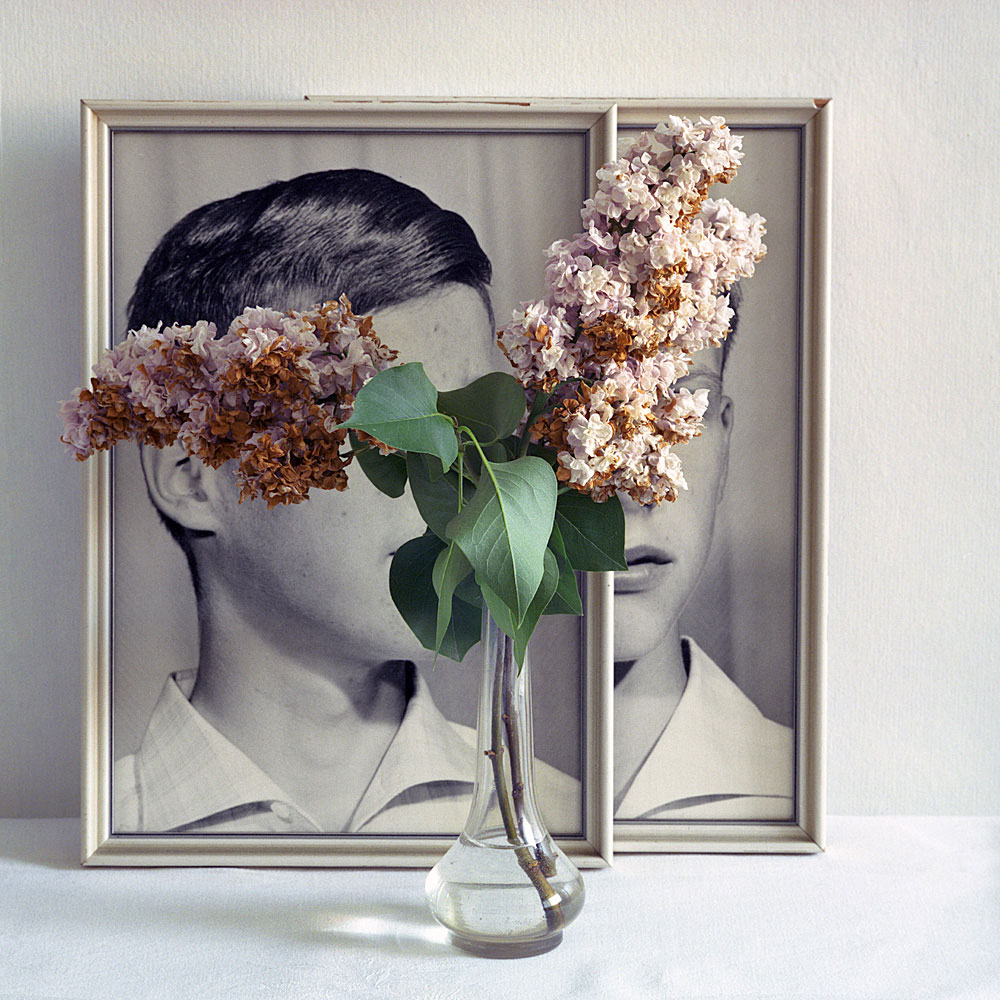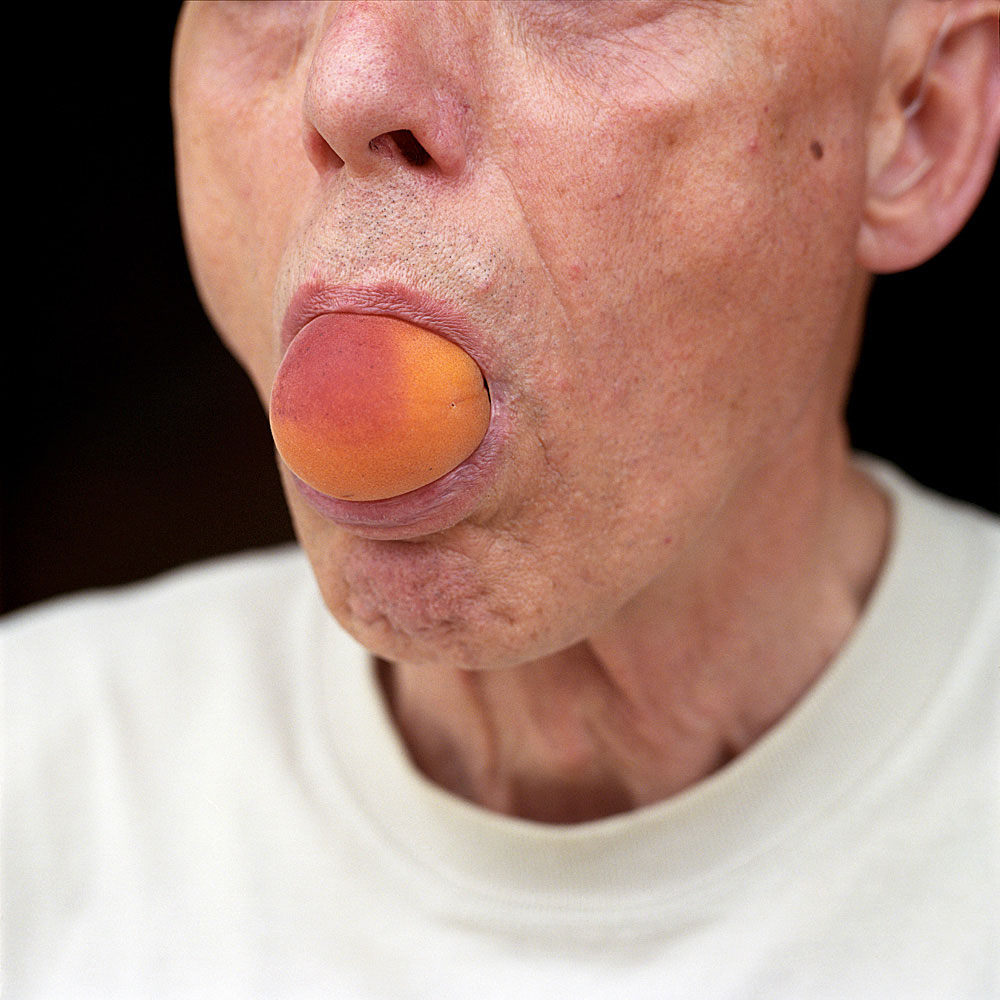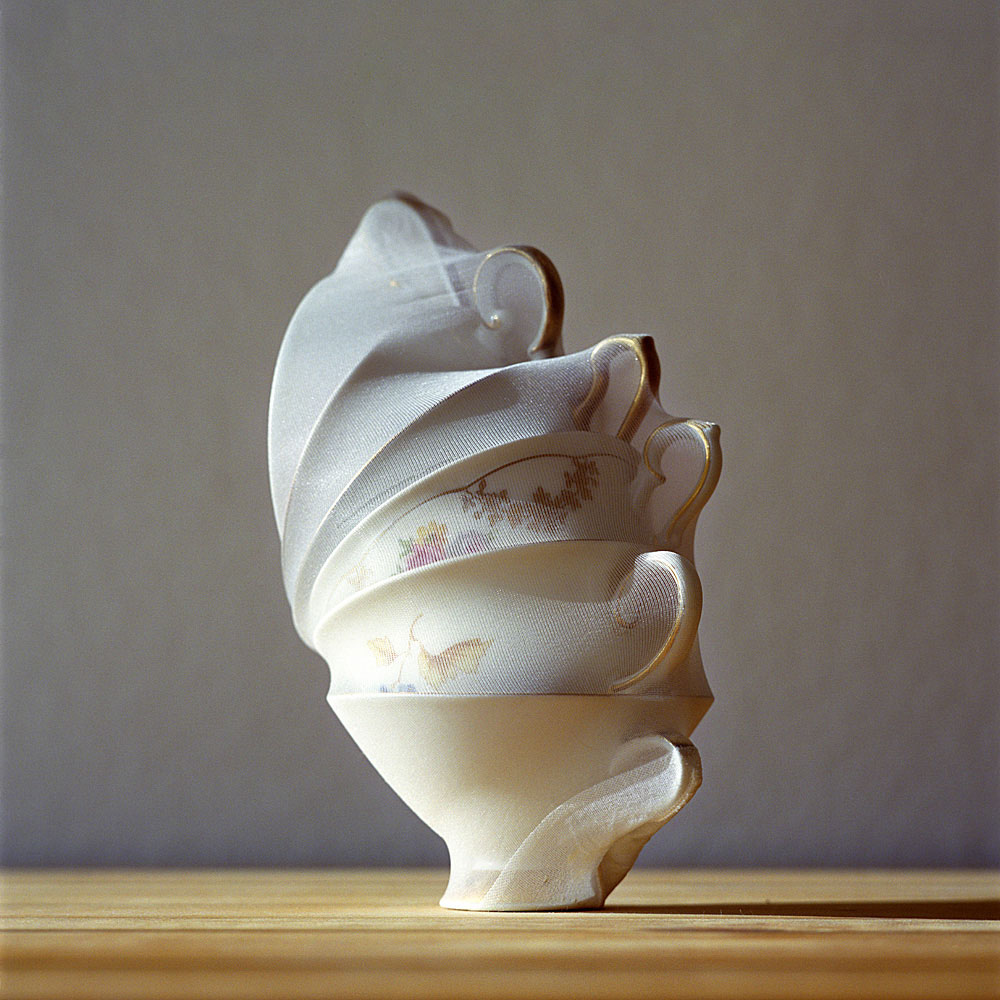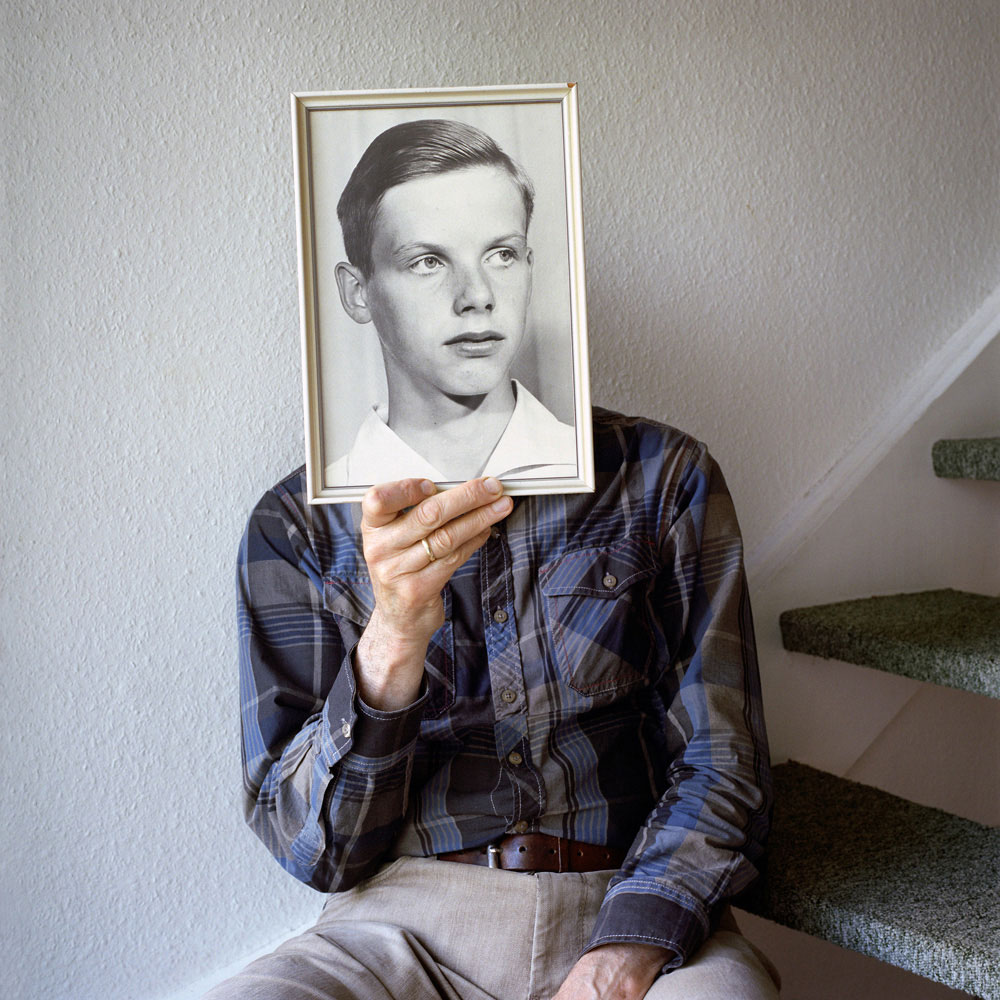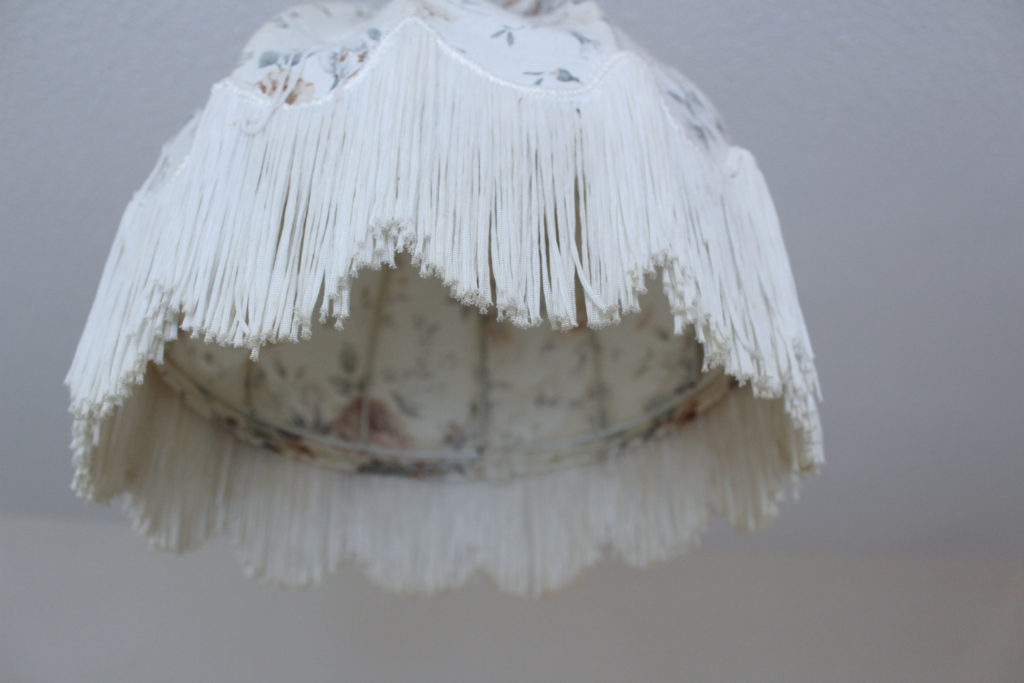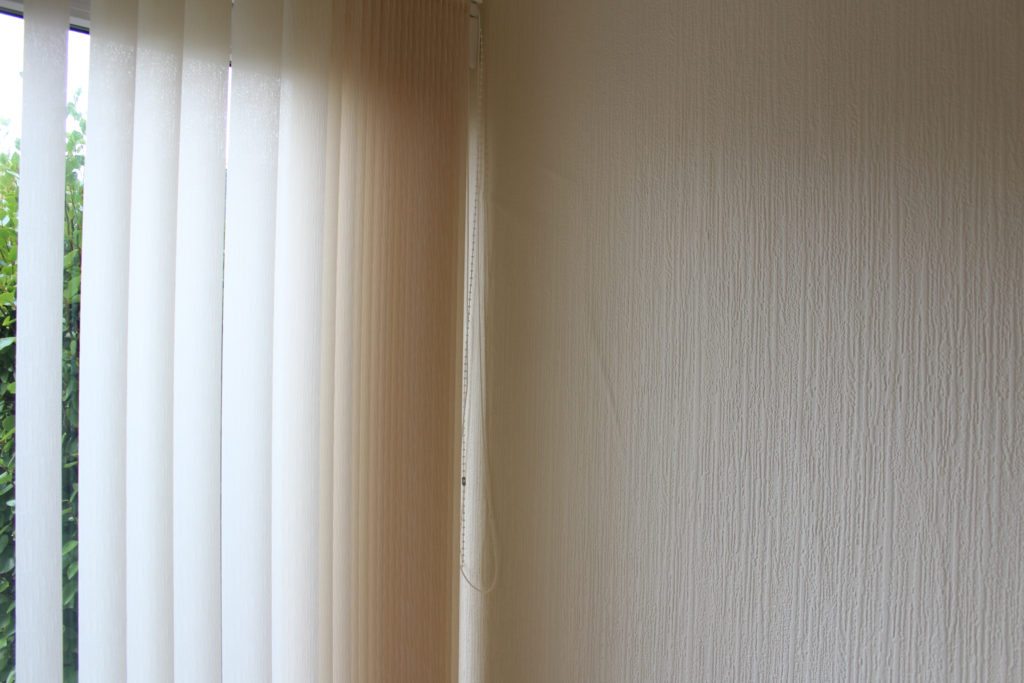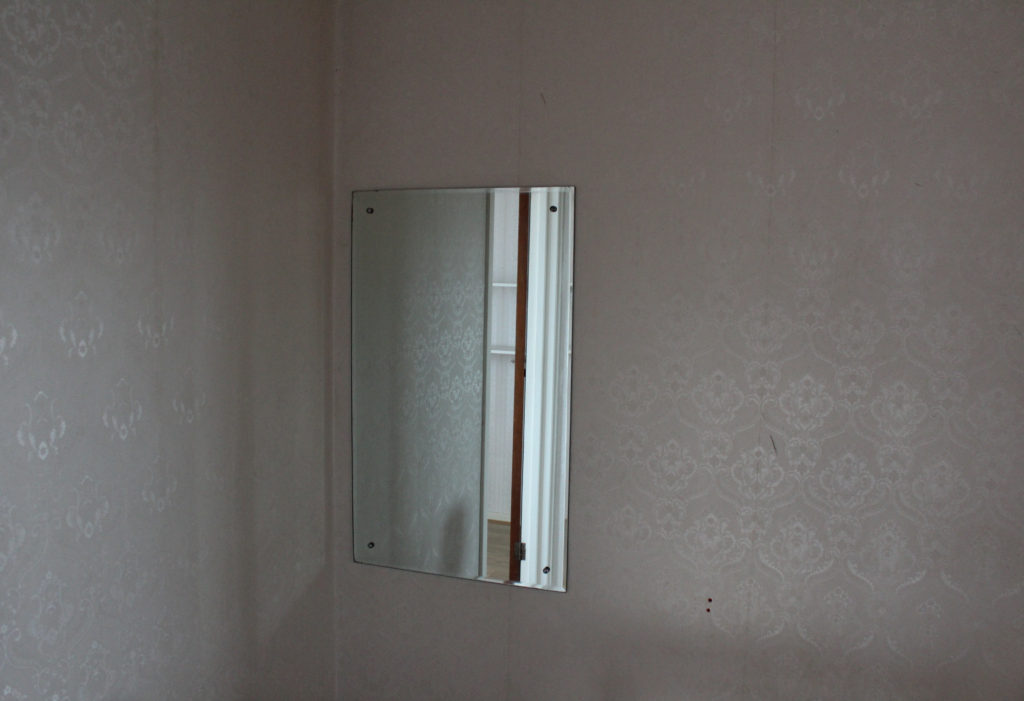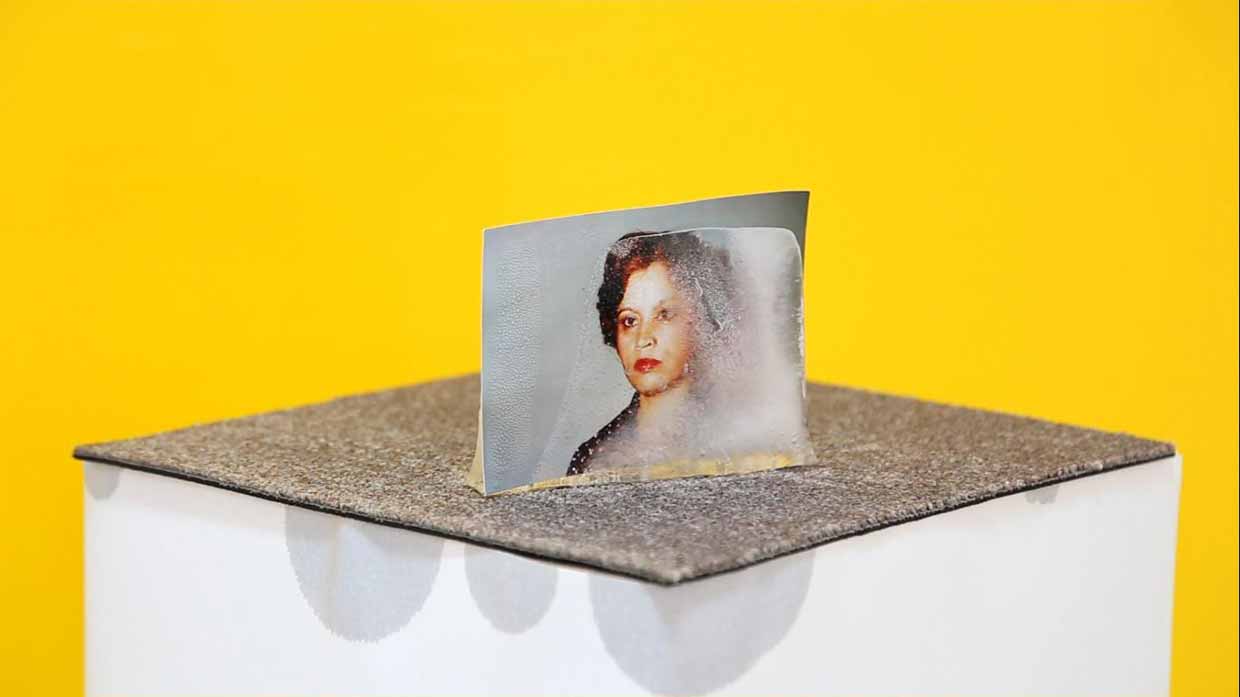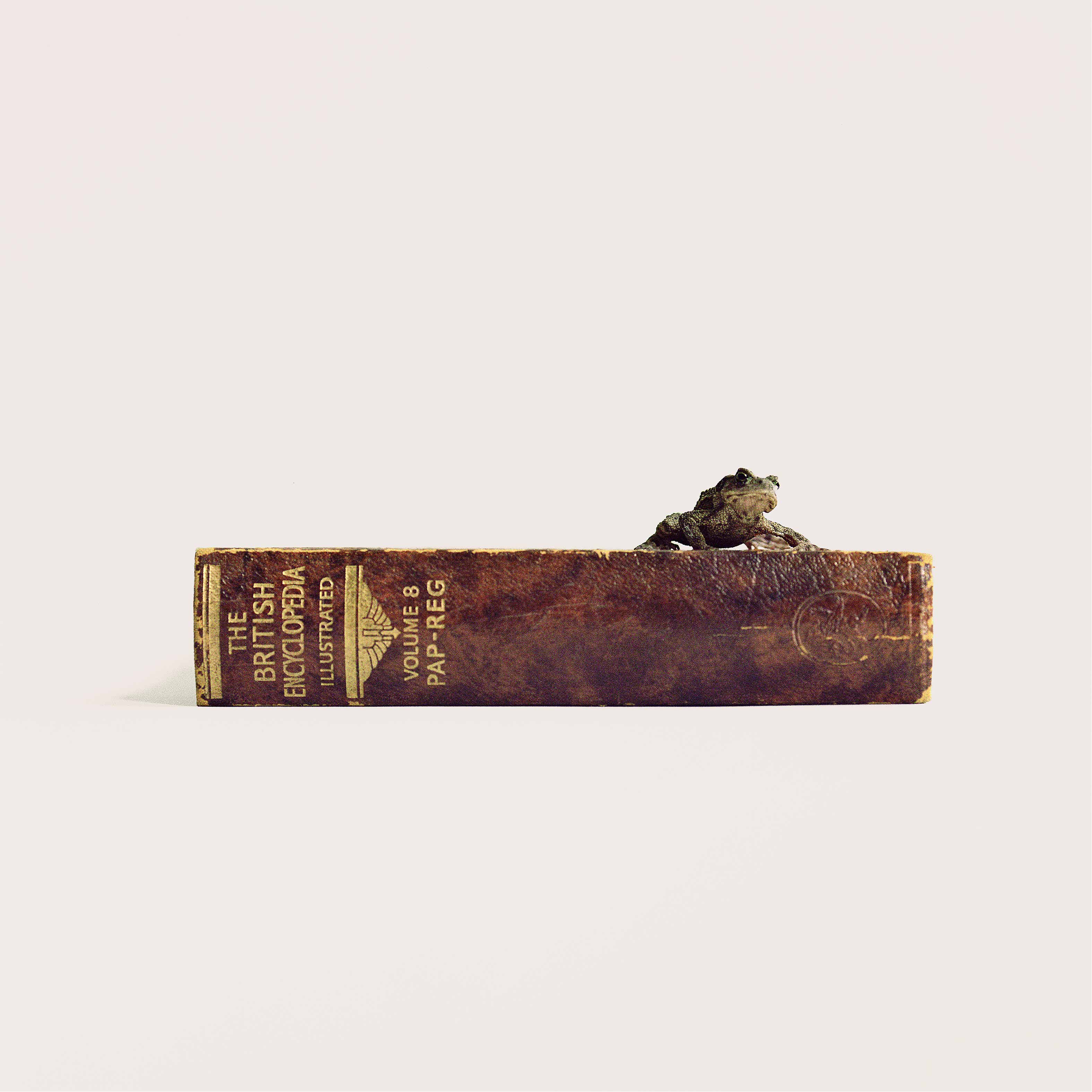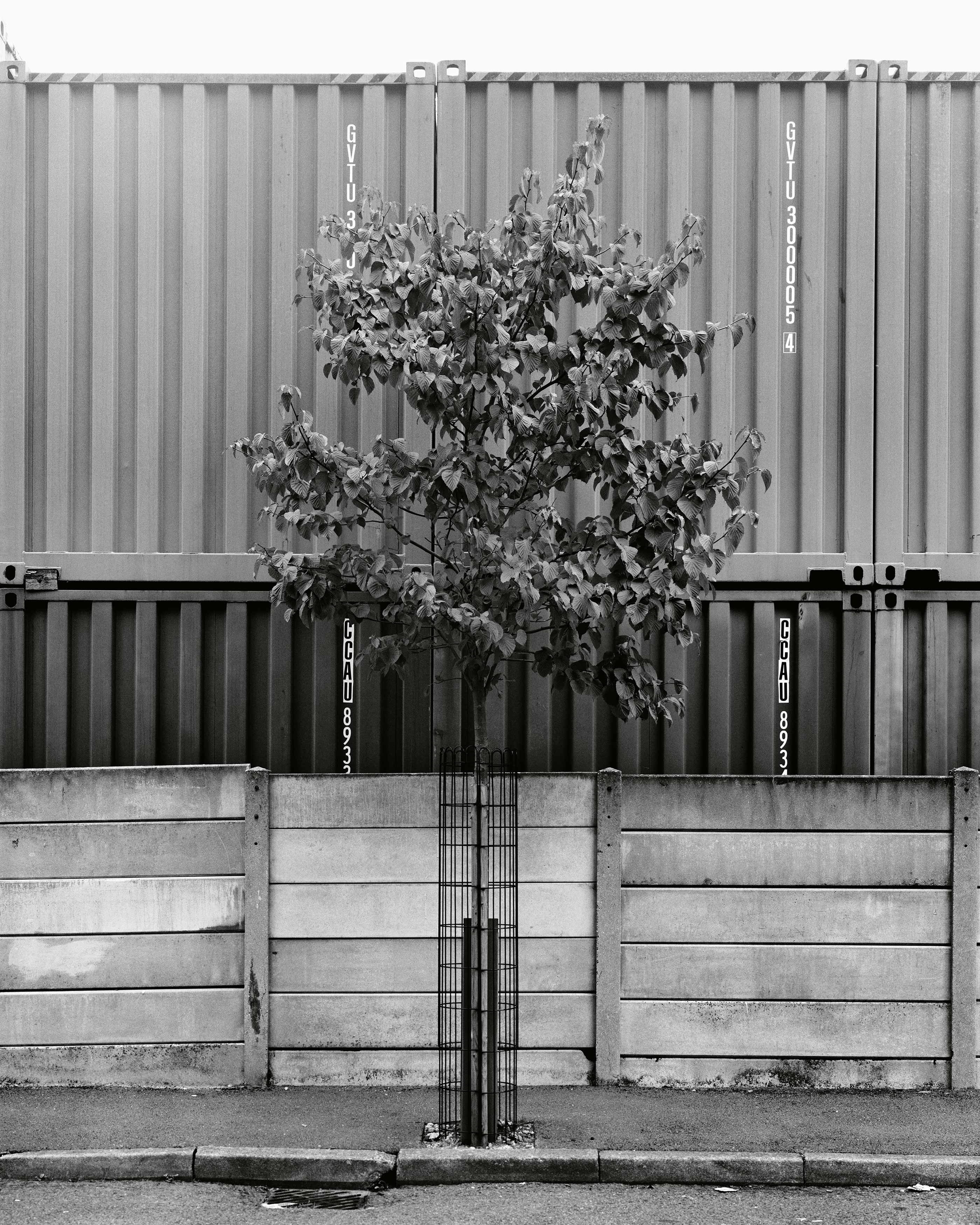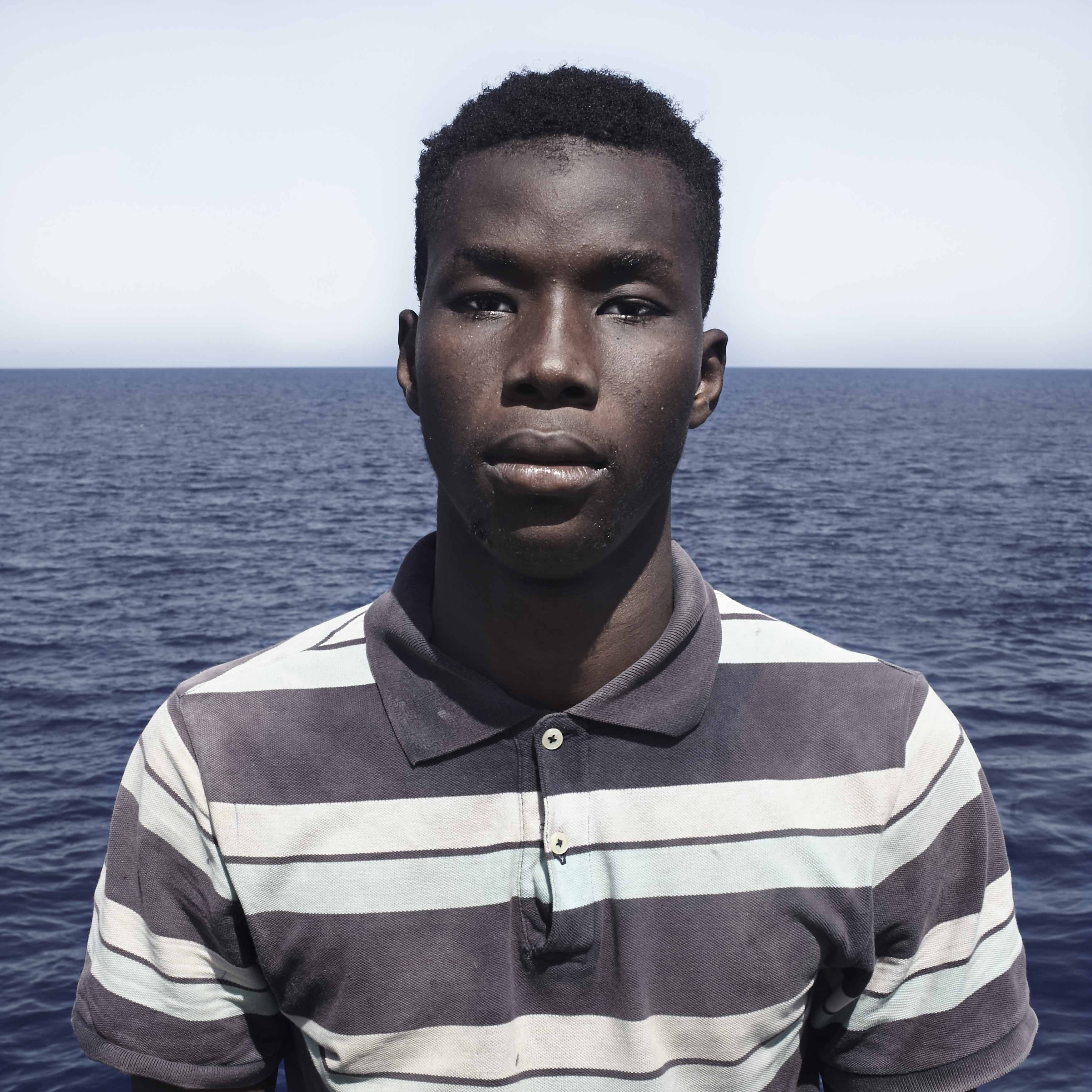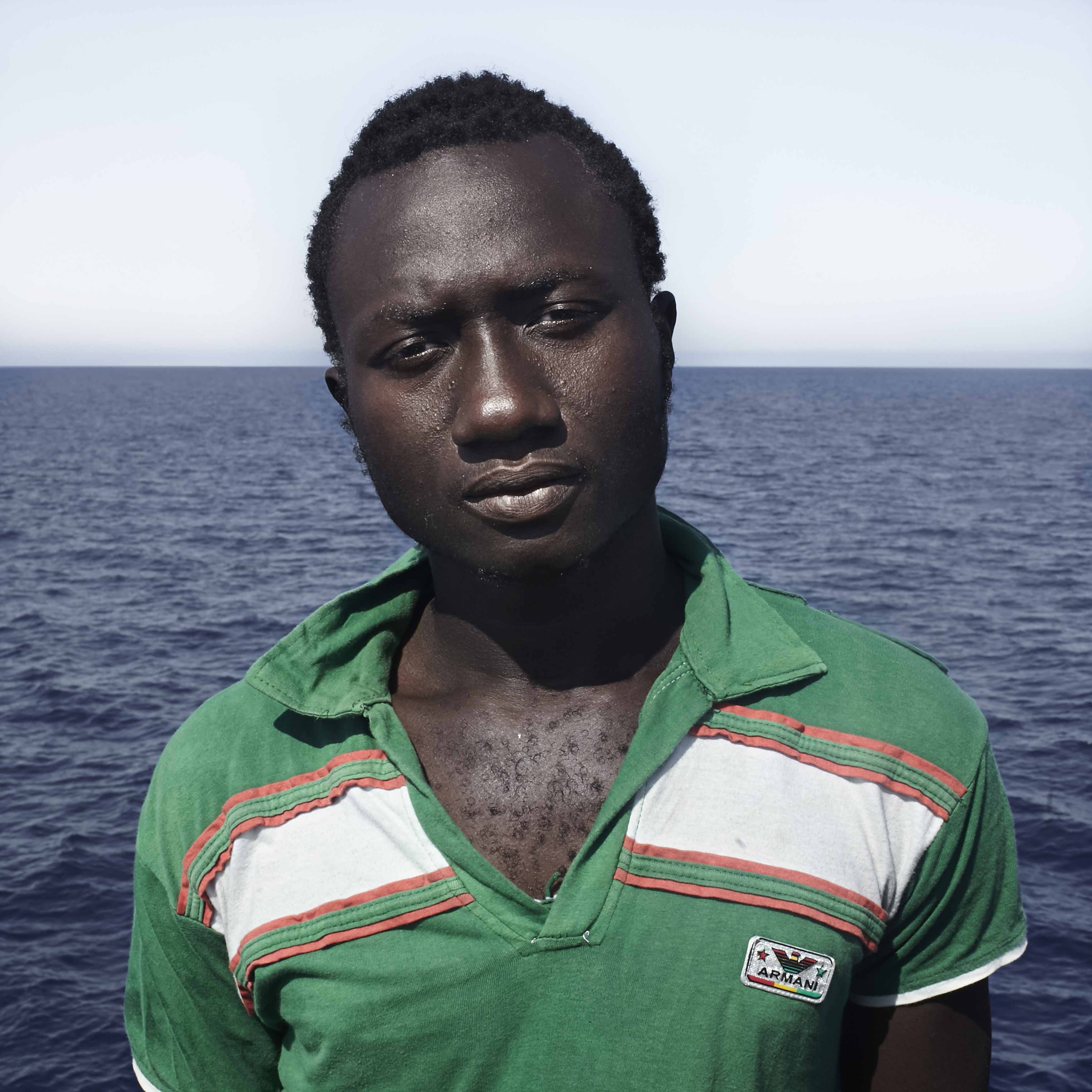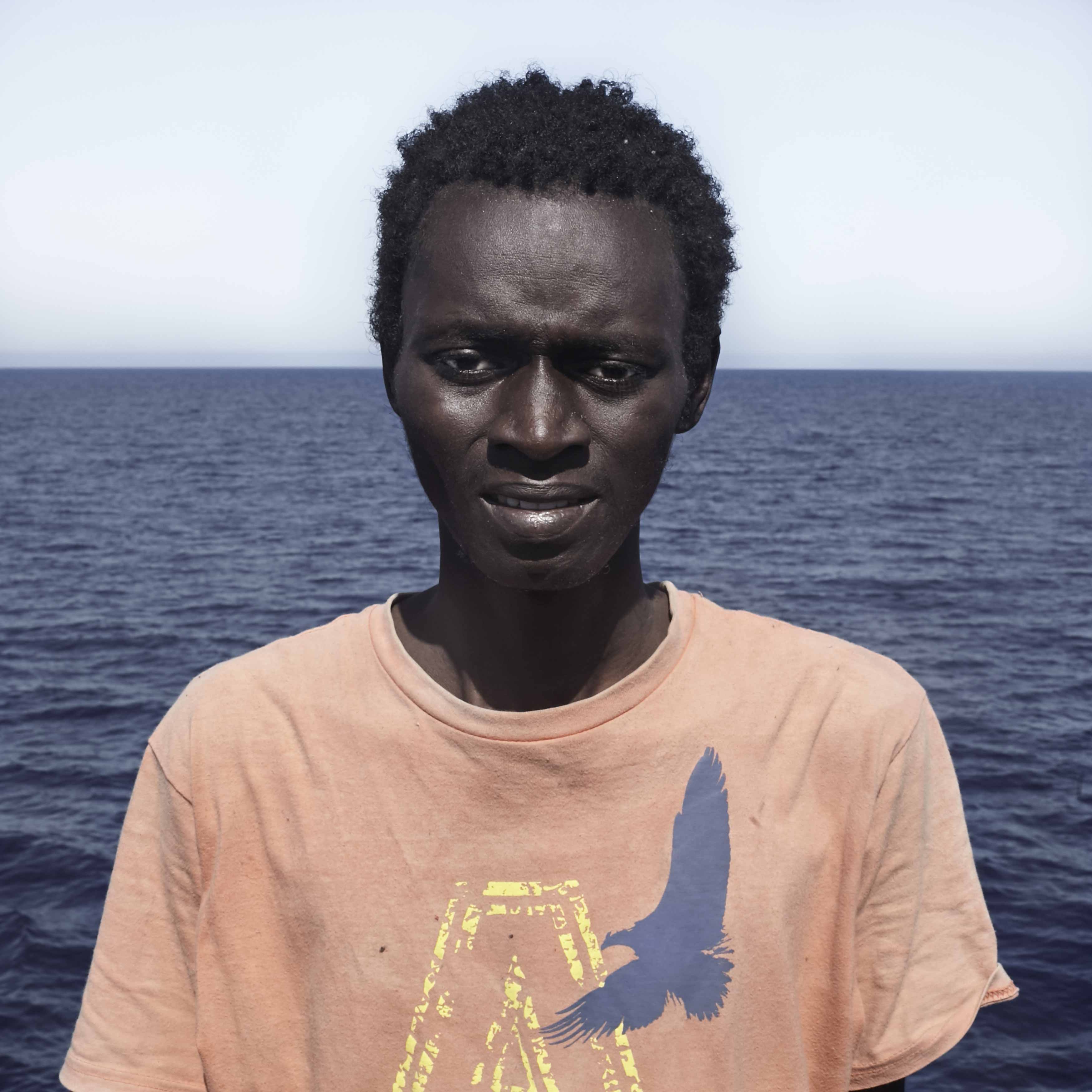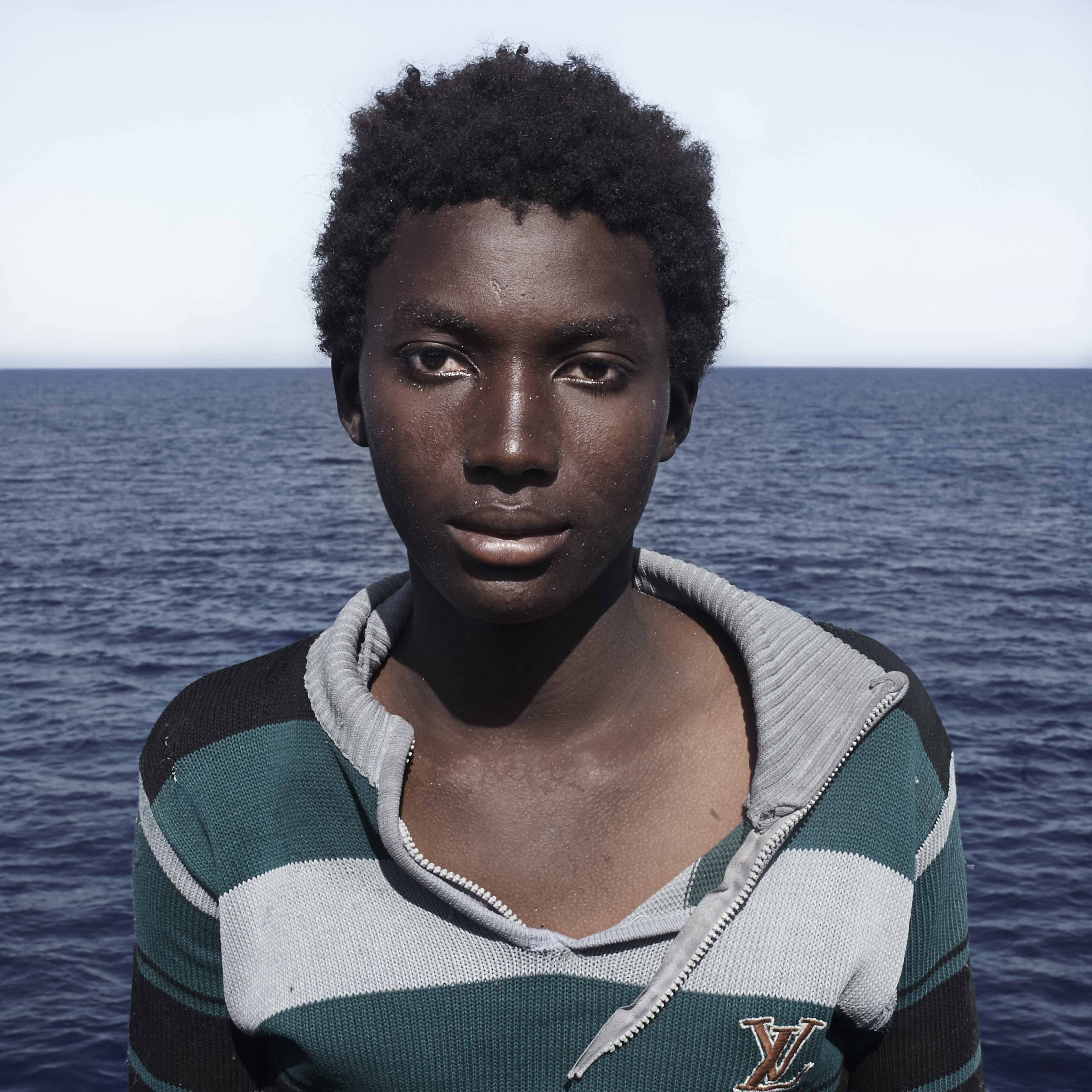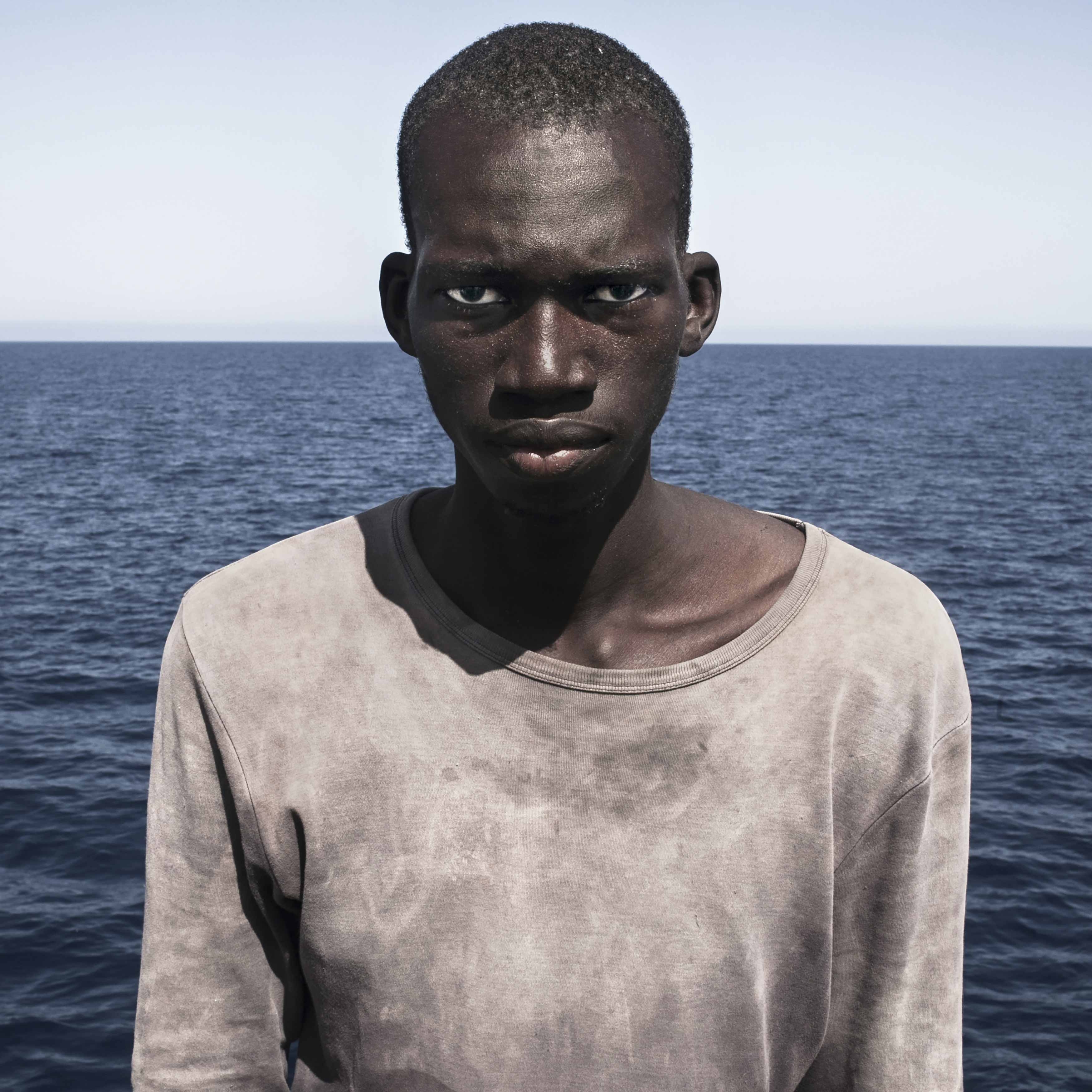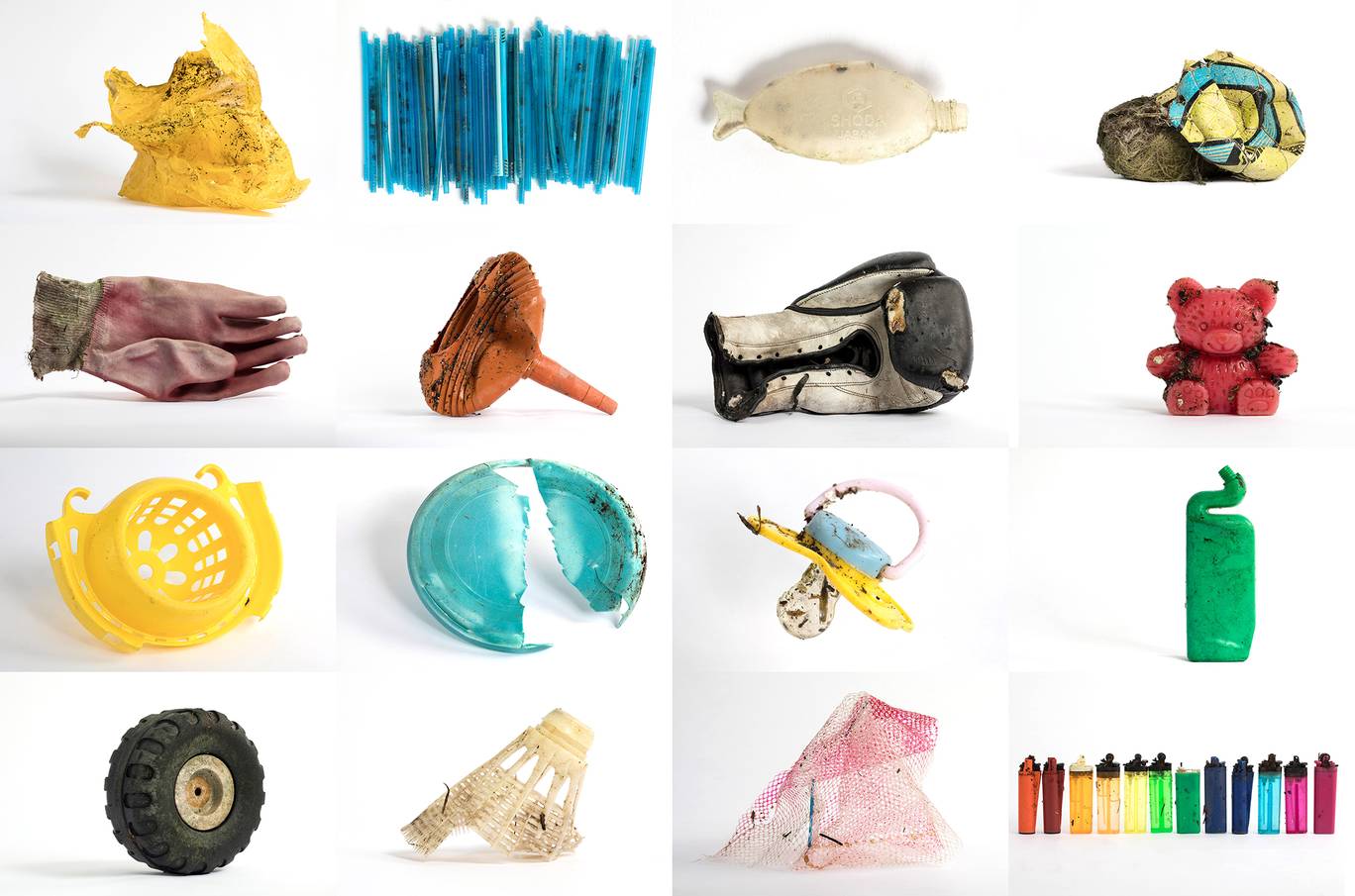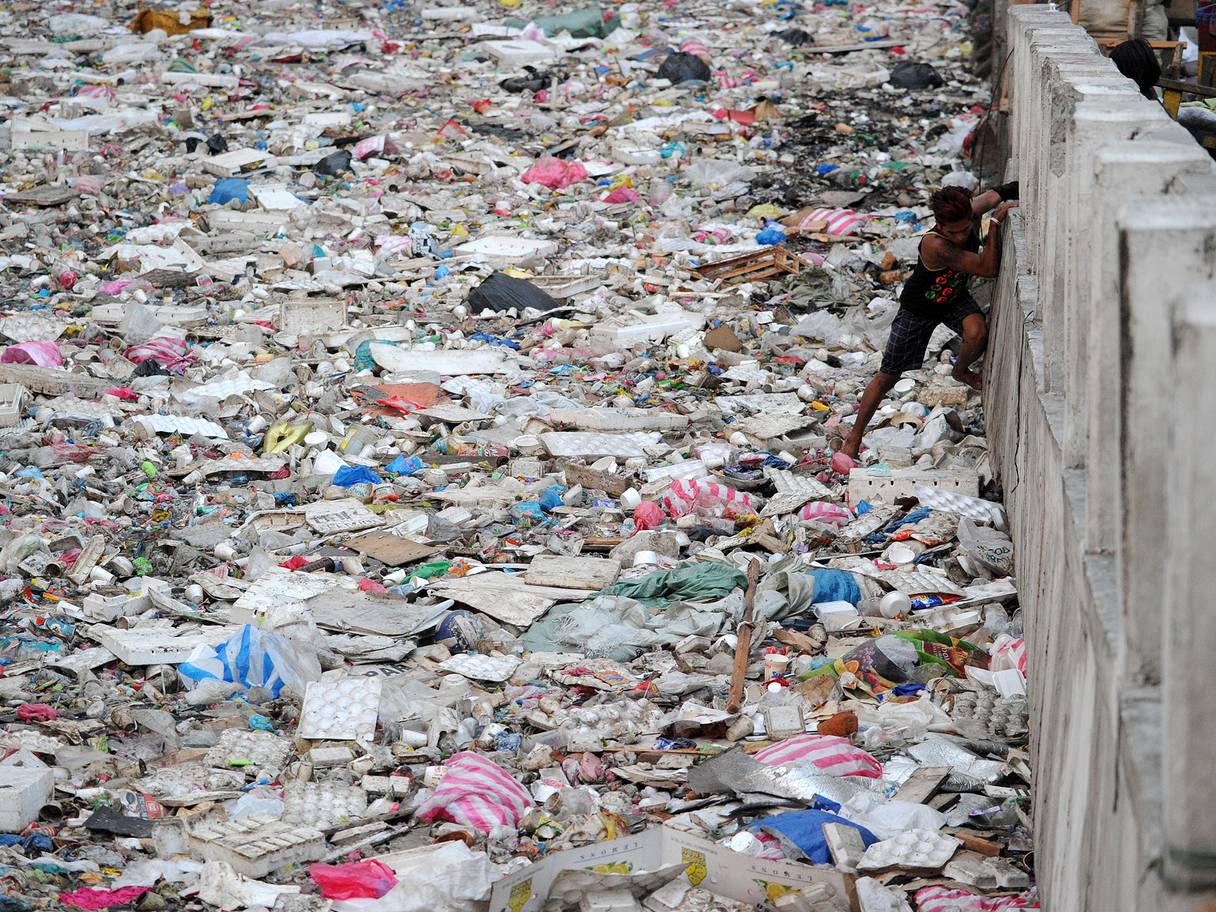Overall I chose these images as they connoted the strongest emotion within the image itself. I chose 20 final images to further develop depending on their strength and mimicking the emotion. What I think I developed well on this piece is the overall composition of placing the body and how I have used this in order to create a sense of emotion and impact. I wanted to use photoshop editing in order to really over-exaggerate the tones so changing the colour of areas within the piece too.
The sublime:
Is said to be ‘an aesthetics, the sublime (from the latin sublimins) is the quality of greatness, whether physical, moral, intellectual, metaphysical, aesthetic, spiritual, or artistic. The term especially refers to a greatness beyond all possibility of calculation, measurement, or imitation’

To measure an environment by how sublime it my feel or be perceived is interesting. As seen above there is a connection to physical greatness and spiritual and artistic elements. This to me is a clear indication of the wide range of possibilities this word has to offer. As said previous I am interested within the philosophy and how to conceptual human emotions into a landscape, I believe developing this further into the sublime would be useful to my project. I have further developed research of emotions within the sublime and researched emotions within landscape will use this inspiration to power on my ideas further.
when sublime is connected to issues of emotion it focuses on a deep threat and a harsh reality of weather, this being seen through a storm or the deep seas. Many piece that include people are them diving into water and how being submerged into a world is abstract and different from the world to which we know and view as normal above land. It combines natures power of man and also the lack of breath and cruel reality fo nature to be something of greatness and also concern. My question is what is the sublime and how can i show this through my themes of emotion, politics and landscapes? Is sublime about a feeling, event or a persons state of mind? It means to be raised and on top but also further defined as having a quality of greatness and magnitude. I want my pieces to be temporarily overwhelmed by anyone who sees them. A quote about the sublime really stuck out to me, this was ‘by a kind of pleasurable terror’ This echoes the social conventions of politics and freedom to me,It demonstrates an image of people wanting to escape and taking a deep risk due to their political or negative governmental conditions.And how a big leap or jump for freedom is pleasurable to escape but filled with terror when alone and surrounded with a landscape that is not familiar.

The sublime was associated in particular with the immensity or turbulence of Nature and human responses to it. Consequently, in Western art, ‘sublime’ landscapes and seascapes, especially those from the Romantic period. To my mind this means a clear representation of vast storms and seas, it is a mixture of beauty found in a life Threatening position. I believe through my work it would be tangible for me to create a scenario like this but as a false sense of identity. I would create a constructed narrative set almost as a tabloid to make the image look dangerous and have a feel of the sublime but not being so. This is not possible when it comes to going outside and capturing a storm but it is when creating an infliction of worry which as someone underwater, or moving quickly in a dark space. I think the sublime should no longer be just considered a natures act and a landscape but allowed to be pulled into someones emotion ,reaction and cause fro distress clearly portrayed within themselves.

An artist who uses politics to effect and emotion and create sublime work is the artist Damien Hierst. His work focus on the notion of the contemporary sublime ,so removing the previous style fo only using a landscape of a storm.The starting place for tracing such returns of the natural sublime is Damien Hirst’s art work, The Physical Impossibility of Death in the Mind of Someone Living 1991. he is such a symptomatic artists who’s work is uneasy and contradicts with what is expected within society. it is said that ‘His best work condenses our lived contradictions into perplexing, unforgettable, iconic images, in just the way that dreams do’ This allows his work to have such a huge impact on the audience it is viewed as a terrible going against what is expected and perceived as normal but yet alongside with this is so fascinating. His work clearly echoes inspiration from within the body, mortality, violence, pain and power.a ‘universal trigger’. Hirests taste that it works as a powerful sublime piece as ‘everyone’s frightened of sharks, everyone loves butterflies’. however the shark carries a powerful charges frisson and forms a universal response reaction of the sublime.
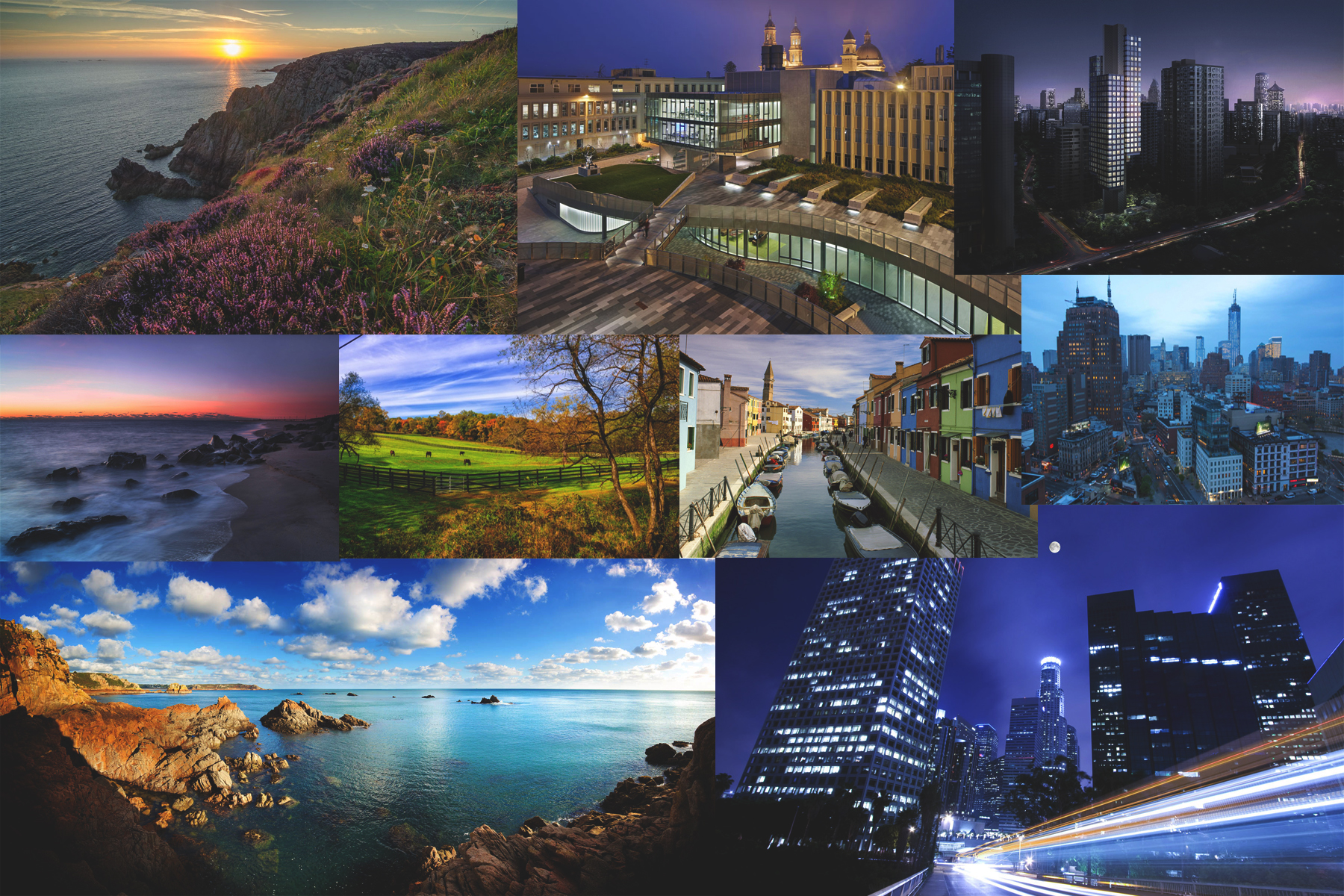


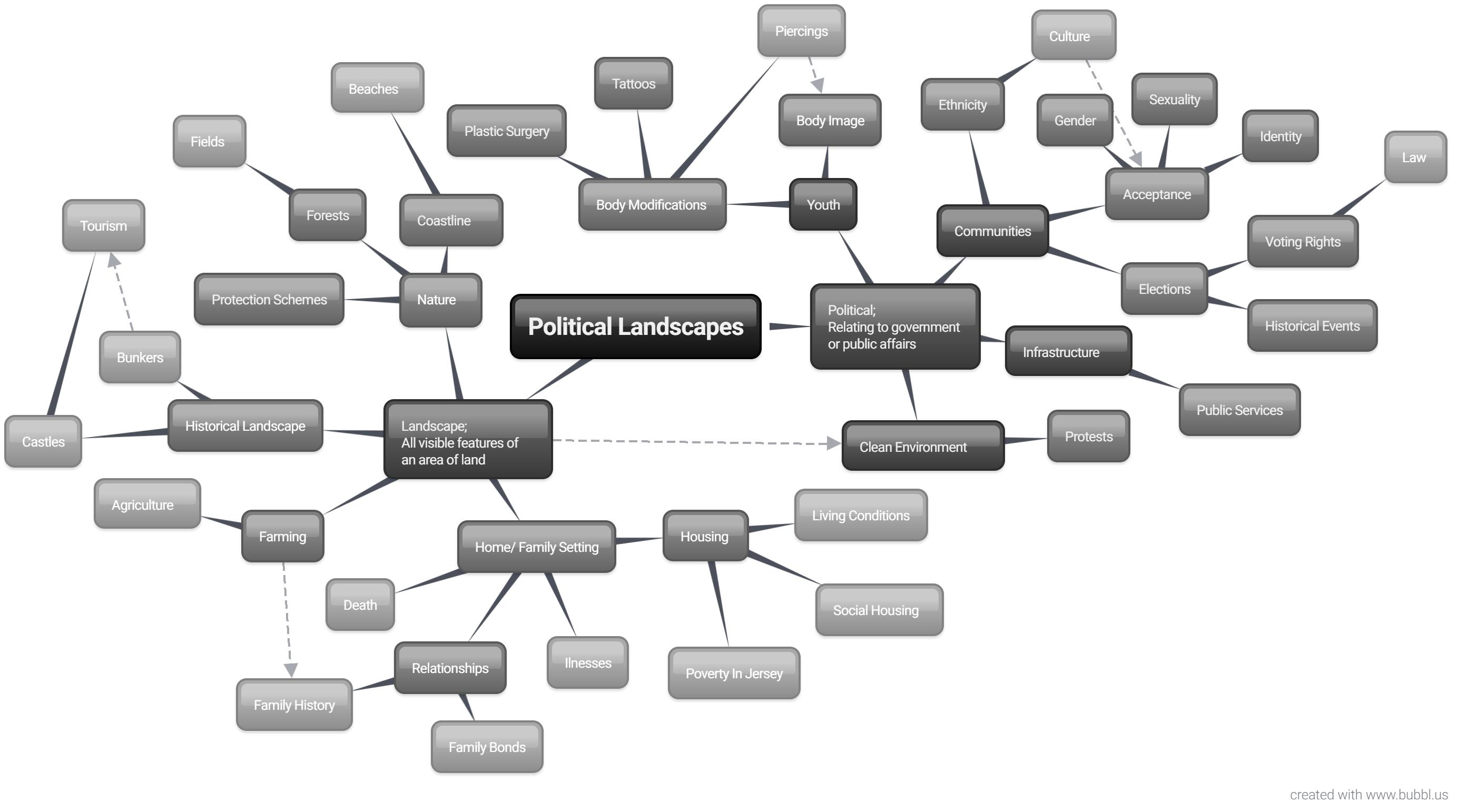





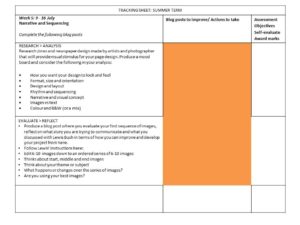



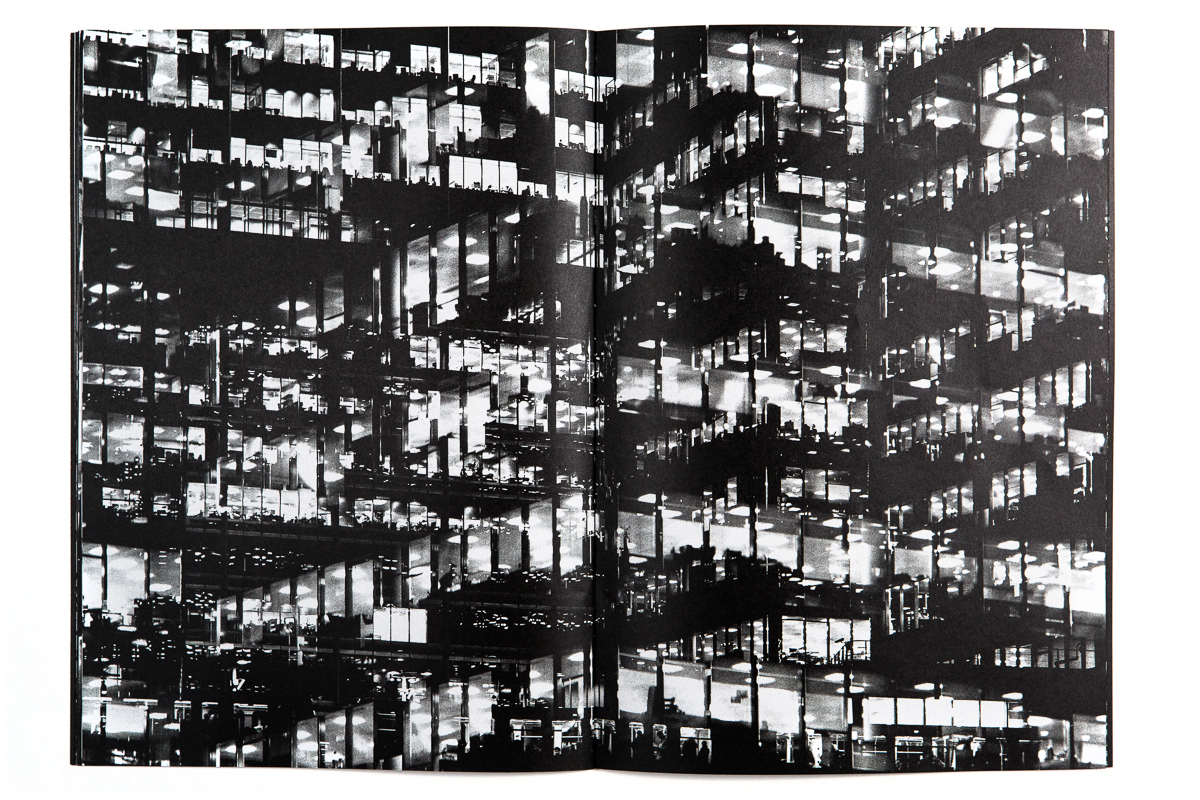 Lewis Bush (born 1988 in London) is a British photographer, writer, curator and educator. Bush studied history at the University of Warwick and gained a master’s degree in documentary photography from London College of Communication, where he lectures on photojournalism and documentary photography. In his work bush seeks to draw attention to forms of invisible power that operate in the world – such as finance. Bush has the standpoint that ‘power is always problematic because it’s natural resting state is arbitrary and untransparent’. Bush’s projects tend to incorporate writing and he has written about photography for a range of national and international print and web titles.
Lewis Bush (born 1988 in London) is a British photographer, writer, curator and educator. Bush studied history at the University of Warwick and gained a master’s degree in documentary photography from London College of Communication, where he lectures on photojournalism and documentary photography. In his work bush seeks to draw attention to forms of invisible power that operate in the world – such as finance. Bush has the standpoint that ‘power is always problematic because it’s natural resting state is arbitrary and untransparent’. Bush’s projects tend to incorporate writing and he has written about photography for a range of national and international print and web titles.
